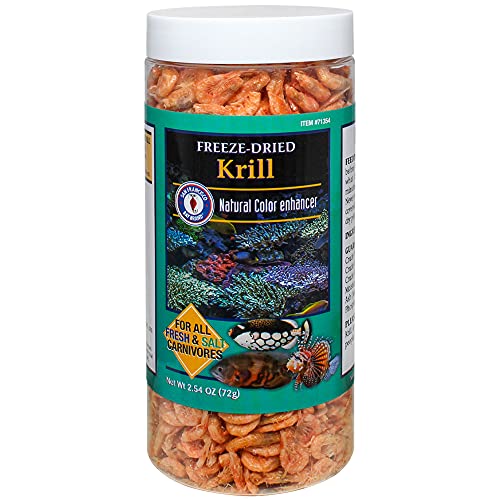Sounds like the meeting went great, with great food, good discussion and the photographs look great!
With the difficulty in capturing the true colors of the corals, if at all possible, set a Custom White Balance, to the tank you're shooting. This will save a lot of editing work, in Photoshop, which will also help save as much of the photo, as possible. Any editing at all, removes "data" from the original photo. So, getting the photo as close as possible, without editing, always helps. Then, even if you do need to edit, there's not as much editing needed, keeping more data intact.
With the difficulty in capturing the true colors of the corals, if at all possible, set a Custom White Balance, to the tank you're shooting. This will save a lot of editing work, in Photoshop, which will also help save as much of the photo, as possible. Any editing at all, removes "data" from the original photo. So, getting the photo as close as possible, without editing, always helps. Then, even if you do need to edit, there's not as much editing needed, keeping more data intact.





























































